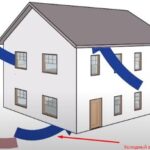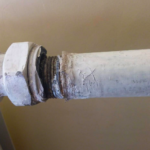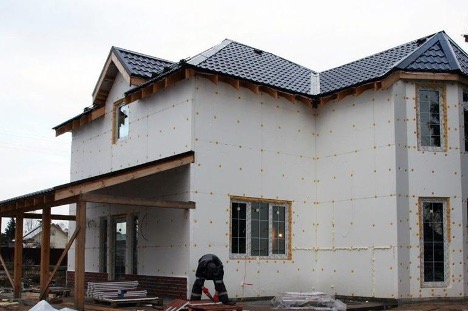Roof insulation with polystyrene foam, penoplex and polystyrene foam: is it possible?
Polystyrene foam and other types of foam polymers are widely used for insulating roofs and roofing structures. In this article we will look at various aspects of roof insulation with these materials and answer important questions.
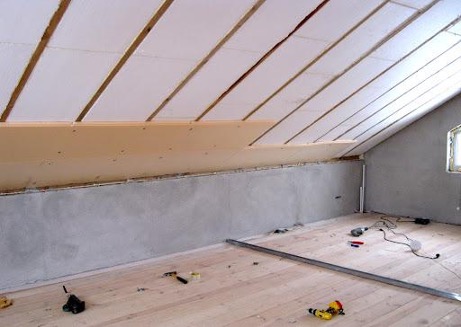
The content of the article
Roof insulation with foam plastic
The first option that is often considered when insulating a roof is polystyrene foam. Polystyrene foam is a lightweight and relatively cheap material that can be easily installed on the roof. However, is a vapor barrier necessary when insulating with foam plastic? This question often arises because polystyrene foam does not have good vapor permeability. When insulating a roof from the inside with foam plastic, it is important to take into account the need to create a vapor barrier to prevent moisture condensation in the structure.
Roof insulation with expanded polystyrene and penoplex
Expanded polystyrene and penoplex are other popular materials for roof insulation. They differ from polystyrene foam in their characteristics and applications. Is it possible to insulate a roof with polystyrene foam, polystyrene foam or penoplex? To do this, you need to take into account the specific conditions and requirements of your roof. Expanded polystyrene, for example, is often used for roof insulation and has better vapor permeability compared to polystyrene foam.
Expanded polystyrene for roofing
If you are considering insulating the roof of a house with penoplex, it is important to consider that polystyrene foam can provide reliable thermal insulation, but also requires proper installation and consideration of vapor permeability.
Expanded polystyrene, also known as extruded polystyrene foam or XPS, is a popular material for roof insulation. Its feature is high density and low water absorption. This makes it an excellent choice for roofs in high humidity areas.
One of the advantages of expanded polystyrene for roofing is its high thermal insulation ability. This material provides good thermal protection, which helps reduce heating costs in the cold season. In addition, due to its high strength and durability, polystyrene foam retains its qualities for many years without requiring frequent replacement.
Another important aspect when using polystyrene foam for roofing is its ease of installation. The material is easily cut and installed on the roof, which simplifies the insulation process and saves on labor costs. But it is also important to take into account the need for the following factors:
- use of quality materials;
- sealing connections;
- correct installation to ensure effective protection from moisture and cold air.
Expanded polystyrene roofing is an economical and effective solution for insulating your roof, providing reliable insulation and durability. Before using this material, it is always recommended to consult a professional. This allows you to take into account the features of your roof and ensure proper installation.
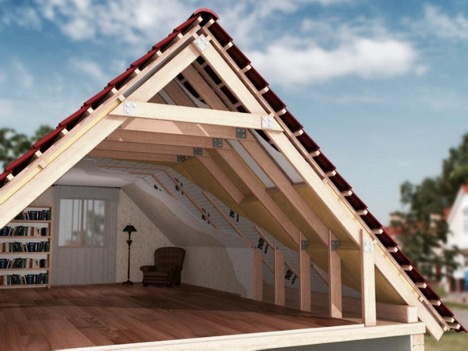
Advantages and disadvantages of polymer foams
Foam polymers, such as polystyrene foam, polystyrene foam and penoplex, have their own unique characteristics. They provide good thermal insulation, which helps reduce heating costs in winter. In addition, they are lightweight and easy to install on the roof, which simplifies the insulation process.
However, there are also disadvantages. Polymer foams are not environmentally friendly materials and can release harmful substances when heated or burned. This should be taken into account when choosing a material for roof insulation.
The importance of proper installation and sealing
The importance of proper installation and sealing when using expanded polystyrene for roof insulation cannot be underestimated. These aspects play a crucial role in ensuring the efficiency and durability of the roof structure.
The first thing to consider is the correct installation of polystyrene foam. The material must be carefully placed on the roof surface without gaps or imperfections. Installation errors can lead to the formation of thermal bridges. Heat will leak through them, reducing the effectiveness of insulation.
The second important aspect is sealing joints and seams. Any leaks or deficiencies in sealing can allow moisture and cold air to penetrate under the polystyrene foam. This can cause negative consequences such as condensation or even structural damage. Therefore, it is important to use special materials and methods to seal all joints and seams, providing reliable protection from external influences.
Proper installation and sealing are key to effective roof insulation using expanded polystyrene foam.If these processes are disrupted, you can lose the benefits of thermal insulation and durability, so you should pay special attention to them when carrying out roof insulation work.
Keeping your roof in good condition
Insulating your roof is an important step, but it is also important to regularly monitor the condition of your roof. Conduct inspections and regular maintenance to promptly identify and correct any problems that may arise over time.
Conclusion
Roof insulation using foam roofing can be an effective way to improve the energy efficiency of your home. However, to achieve the best results, it is important to consider all aspects, including material selection, proper installation and sealing, and regular maintenance. Consulting with professionals in the field will help you make the right decision and ensure the long-term reliability of your roof.

